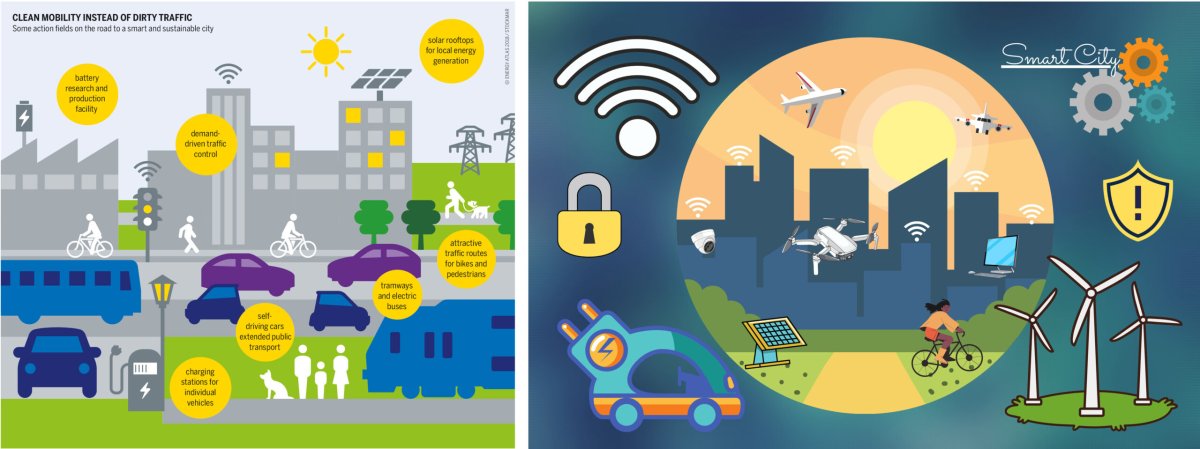Smart Home Solutions for Better Home Automation are rapidly transforming the way we live, offering unprecedented levels of convenience, security, and energy efficiency. This technology is no longer a futuristic fantasy but a tangible reality, with devices and systems becoming increasingly accessible and integrated into our daily lives. From controlling your lights with a voice command to monitoring your home’s security remotely, the possibilities are vast and continually expanding.
Smart Home Solutions for Better Home Automation offer incredible convenience. A key aspect of this technology is its ability to enhance energy management, leading us to the discussion on Smart Home Solutions for Energy Efficiency , which optimizes power consumption. Implementing these solutions ultimately contributes to the overall goal of creating more efficient and user-friendly Smart Home Solutions for Better Home Automation.
This guide delves into the core components of a smart home ecosystem, examining essential hardware like smart hubs, sensors, and appliances. We’ll explore how these elements work together, highlighting the roles of software, connectivity options (Wi-Fi, Bluetooth, Z-Wave, Zigbee), and various platforms (Apple HomeKit, Google Home, Amazon Alexa). Furthermore, we will examine how smart home technology can enhance security, optimize energy consumption, and simplify everyday tasks. From installation and setup to addressing privacy concerns and considering different budgets, this guide offers a comprehensive overview, paving the way for a smarter, more connected home.
Smart Home Solutions for Better Home Automation are revolutionizing modern living. A significant aspect of this is the integration of cleaning devices. Exploring Smart Home Gadgets for Efficient Cleaning reveals how automation streamlines chores. These innovative devices further enhance the overall functionality of Smart Home Solutions for Better Home Automation, creating a more convenient and efficient living environment.
Smart Home Solutions for Better Home Automation
The concept of smart homes has rapidly evolved from a futuristic vision to a tangible reality, transforming the way we live. Smart home solutions leverage technology to automate and control various aspects of our homes, enhancing convenience, security, and energy efficiency. This article delves into the core components, benefits, and future of smart home technology, providing a comprehensive understanding of its potential.
Introduction to Smart Home Solutions
Smart home solutions involve integrating technology to automate and control various household functions. Their growing popularity stems from the increasing affordability and accessibility of smart devices, coupled with the desire for greater convenience and control. The core benefits of home automation are centered around convenience, security, and energy efficiency, offering a more streamlined and secure living experience. Smart home technology has the potential to significantly impact daily living by simplifying routines, enhancing security, and promoting sustainable practices.
Key Components of a Smart Home Ecosystem
A smart home ecosystem comprises several essential hardware and software components working in concert. These components enable the automation and control of various household functions.
- Smart Hubs: Act as the central control point, connecting and managing all smart devices.
- Sensors: Detect environmental changes, such as motion, temperature, and humidity.
- Smart Appliances: Include connected devices like refrigerators, washing machines, and ovens.
Examples of different types of smart devices:
- Smart Lighting: Allows remote control and automation of lights.
- Smart Thermostats: Enables temperature regulation and energy savings.
- Security Systems: Include smart locks, security cameras, and motion detectors.
Software and connectivity play a crucial role in the smart home environment. Wi-Fi, Bluetooth, Z-Wave, and Zigbee are common communication protocols used to connect devices to the smart hub and other components of the ecosystem. These technologies enable seamless communication and control across various devices, ensuring a cohesive and responsive smart home experience.
Home Automation for Enhanced Security, Smart Home Solutions for Better Home Automation

Source: architizer.com
Smart home systems significantly enhance home security by integrating various devices and features. These features work together to create a more secure living environment, deterring intruders and providing peace of mind.
Smart locks, security cameras, and motion detectors are key components of a smart home security system. Smart locks allow homeowners to remotely lock and unlock doors, monitor access logs, and receive alerts. Security cameras provide real-time video surveillance and recording capabilities, while motion detectors trigger alerts when movement is detected.
Consider a scenario: A homeowner is away on vacation. A motion detector outside the front door senses movement and triggers the security cameras to start recording. Simultaneously, the homeowner receives a notification on their smartphone. They can then remotely view the live video feed, and if necessary, contact the authorities. This integrated approach ensures a proactive and responsive security system.
Energy Efficiency through Smart Home Technology
Smart home technology empowers homeowners to reduce energy consumption through various innovative solutions. By optimizing energy usage, smart home devices contribute to both environmental sustainability and cost savings.
Smart thermostats, smart lighting, and energy monitoring systems are key components for energy efficiency. Smart thermostats learn and adapt to user preferences, automatically adjusting the temperature to minimize energy waste. Smart lighting allows for dimming, scheduling, and remote control, reducing energy consumption. Energy monitoring systems provide insights into energy usage patterns, helping homeowners identify areas for improvement.
Consider a comparison of energy usage before and after implementing smart home solutions:
| Category | Before Smart Home | After Smart Home |
|---|---|---|
| Heating/Cooling Costs | $200/month | $150/month |
| Lighting Costs | $50/month | $30/month |
| Overall Energy Consumption | High | Low |
The implementation of smart home solutions often leads to a noticeable reduction in energy bills and overall consumption.